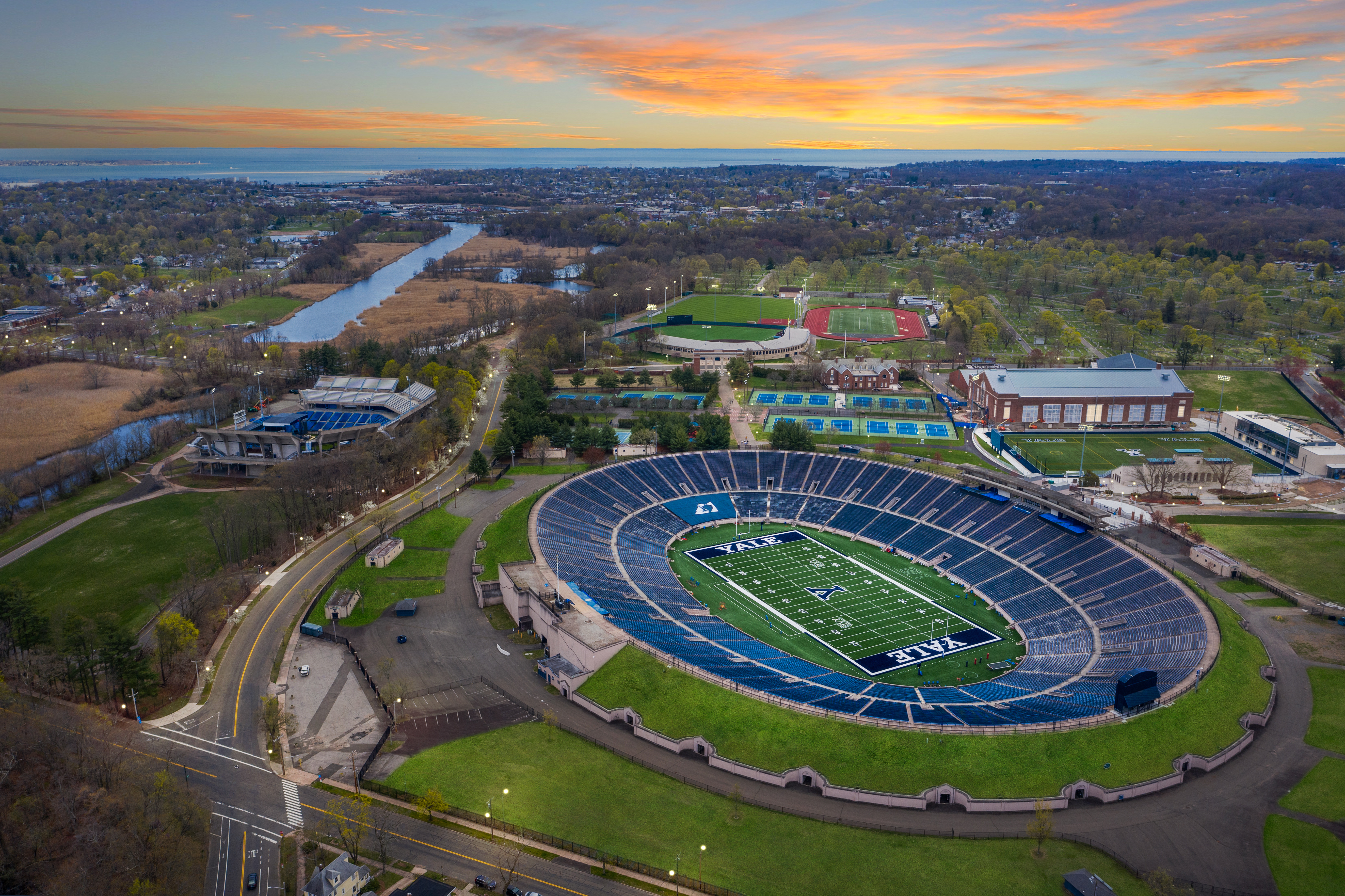45 College Stadiums That Are More Iconic Than the Teams That Play There
In college sports, teams rise and fall—but stadiums? They endure. Some arenas become bigger than the programs they host, outshining lackluster records with sheer presence, history, and unforgettable atmosphere. These are the cathedrals of college football and beyond: places where the architecture, the lore, and the game-day experience leave a mark deeper than any scoreboard. From ivy-covered walls to desert-backed grandstands, these venues have seen Olympic champions, halftime miracles, and cultural milestones that outlive any roster. Whether it’s the roar that rattles the earth or the sheer absurdity of their locations (hello, mountaintop bleachers), these stadiums are more than stages—they’re legends in concrete and steel. We’ve expanded our list to 45 College Stadiums That Are More Iconic Than the Teams That Play There, celebrating the venues that define college sports history—even when the teams don’t. Because sometimes, it’s the place that makes the game epic.
1. Yale Bowl: Yale University (New Haven, CT)

Yale football may not dominate the modern college football landscape, but Yale Bowl is one of the most historically significant stadiums in the sport. Opened in 1914, it was the first-ever bowl-shaped stadium, inspiring countless stadium designs, including the Rose Bowl. This architectural innovation revolutionized stadium construction, allowing for better sightlines and a more immersive fan experience. The Yale Bowl wasn’t just a game-changer in design—it was also one of the most prestigious venues of early college football. At its peak, it hosted national championships and some of the most anticipated Ivy League clashes, particularly between Yale and Harvard. Even the New York Giants called it home for a period in the 1970s when Yankee Stadium was being renovated. Even though Yale football no longer competes at the top levels, the Yale Bowl remains a must-visit for any football historian. Its sheer size (seating over 61,000), deep historical significance, and pioneering design make it a landmark of college football history.








